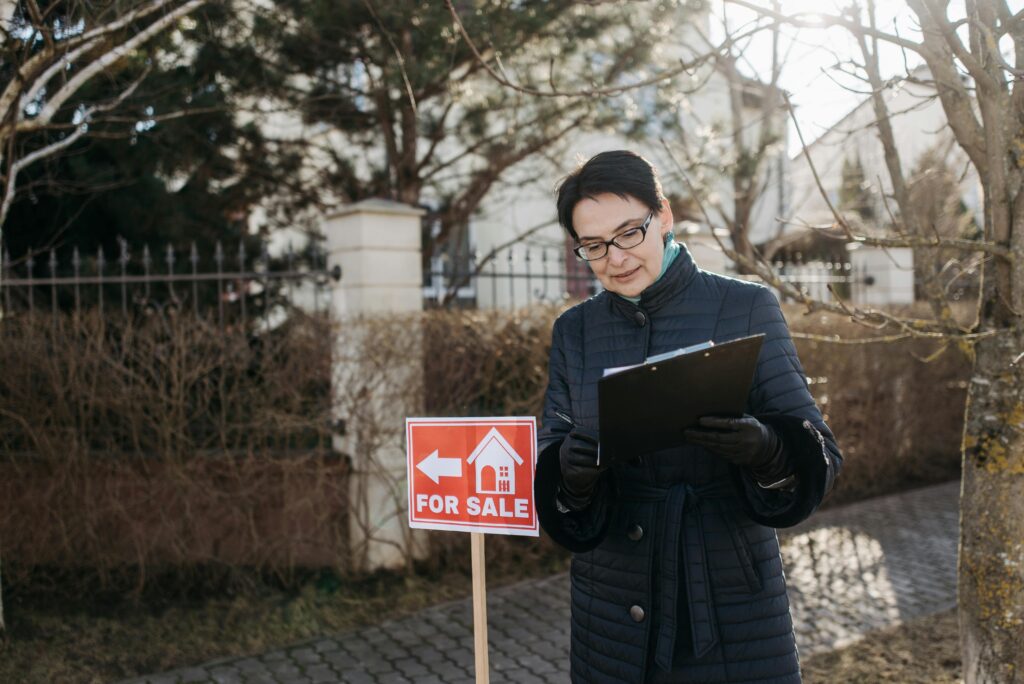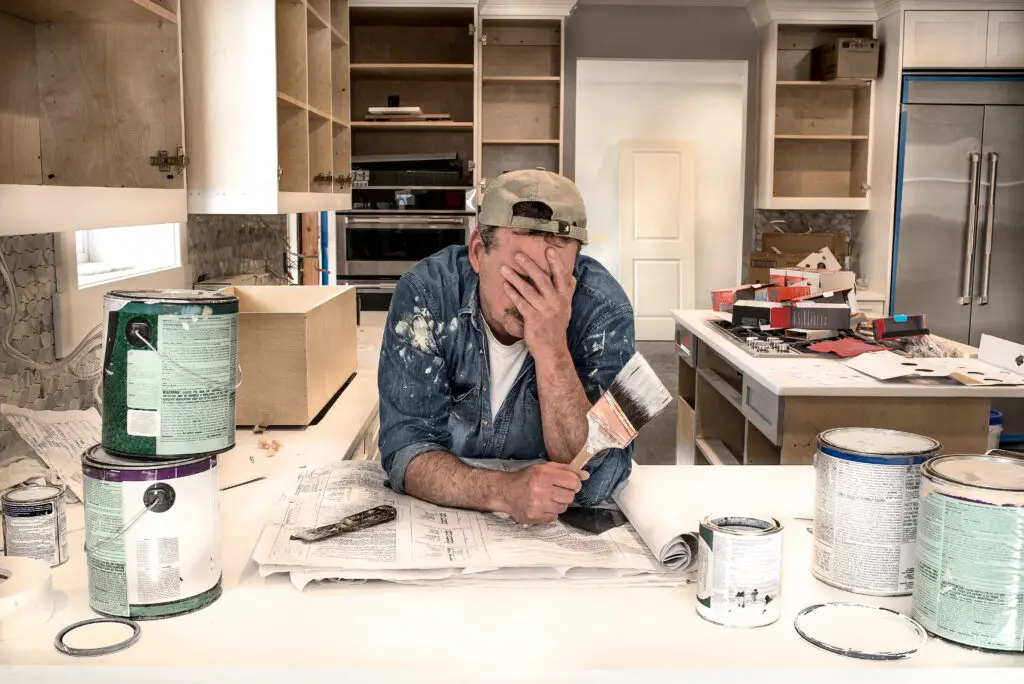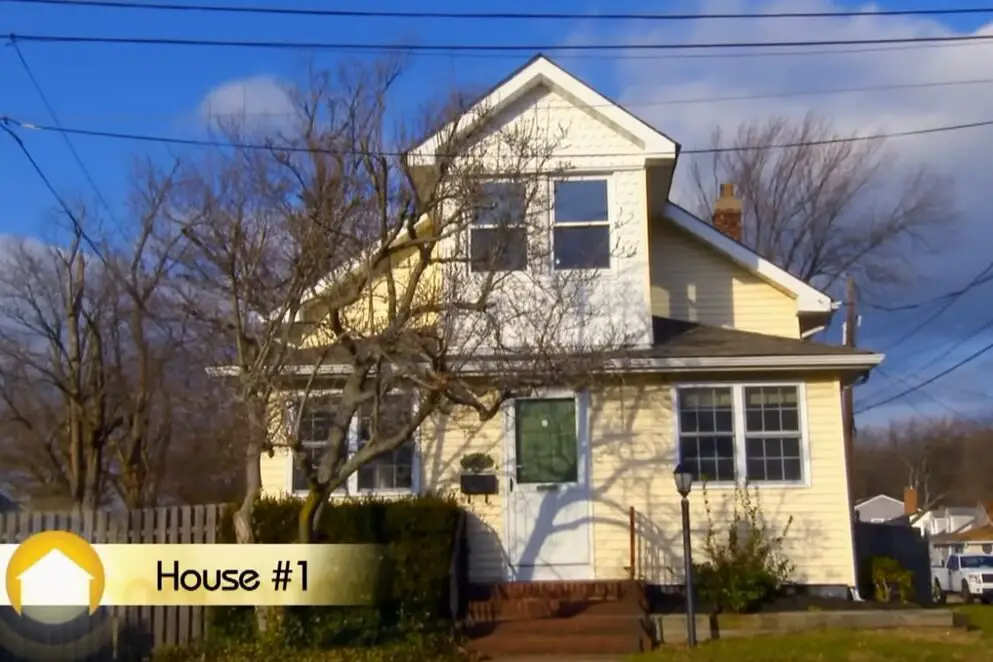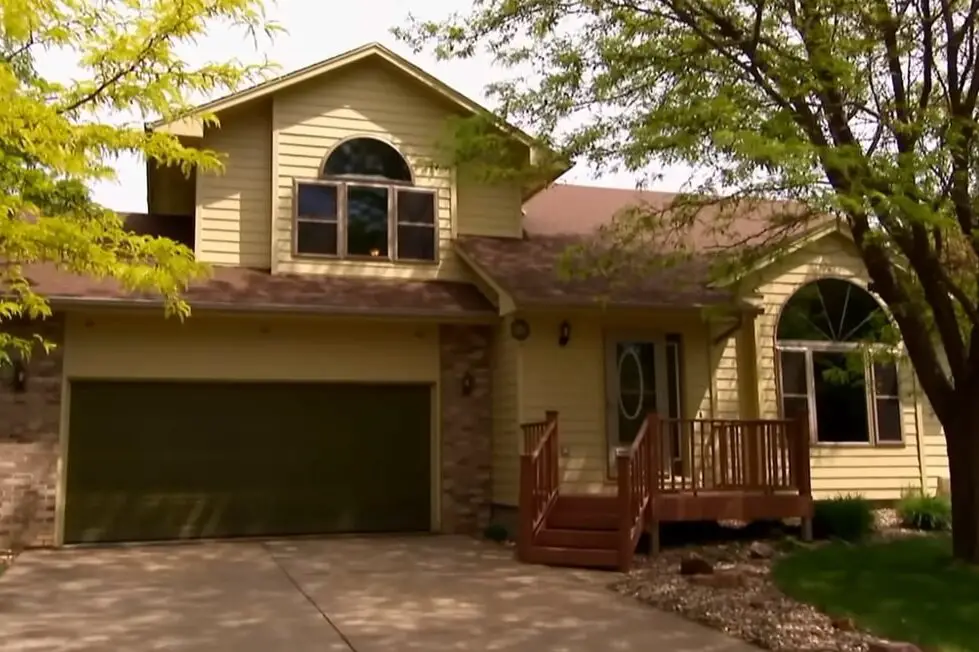1. Home Prices Are Rising Faster Than Incomes

When home prices skyrocket but incomes stay stagnant, it’s a recipe for trouble. If people can’t afford to buy homes, the market starts to slow down. This mismatch can lead to fewer sales, more listings, and ultimately a drop in prices. Keep an eye on the price-to-income ratio—when it gets too out of balance, it’s often a warning sign. If prices continue to climb beyond what most people can afford, it could indicate a bubble ready to burst.
2. Mortgage Rates Are Going Up

Rising mortgage rates make homeownership more expensive, shrinking the pool of buyers. When fewer people can afford a mortgage, demand for homes slows down. This can lead to longer listing times and sellers dropping their prices to make a sale. Higher rates can also increase monthly payments for existing homeowners with adjustable-rate mortgages, which might push some toward default. If rates spike in 2025, the ripple effects could weaken the housing market.
3. Housing Inventory Is Surging

If there’s suddenly an oversupply of homes on the market, it could mean trouble. Too many houses and not enough buyers create downward pressure on prices. Sellers may need to slash their asking prices to attract interest, which can signal declining confidence in the market. Pay attention to how long homes are sitting unsold—longer wait times often mean a shift from a seller’s to a buyer’s market. A flood of inventory can be a precursor to a crash.
4. Foreclosure Rates Are on the Rise

When foreclosure rates start creeping up, it’s usually a sign that homeowners are struggling. Economic pressures like job losses, high inflation, or increasing mortgage rates can lead to missed payments. A rise in foreclosures often floods the market with discounted homes, dragging prices down further. If this trend picks up steam, it could trigger a broader housing decline. Watch foreclosure statistics closely—they’re one of the clearest red flags of trouble ahead.
5. Adjustable-Rate Mortgages Are Making a Comeback

Adjustable-rate mortgages (ARMs) can look tempting when interest rates are high because they offer lower initial payments. The catch? When the rates reset, monthly payments can skyrocket. If more people take on ARMs and rates jump in 2025, a wave of homeowners could struggle to keep up. This was one of the factors that fueled the 2008 crash. An increase in ARM popularity could mean buyers are stretching their budgets too thin—a risky move in an uncertain market.
6. Investor Activity Is Cooling Off

Real estate investors play a huge role in the housing market, often snapping up properties and driving up prices. If investors start pulling back, it could signal waning confidence in the market’s future. This happened before the last housing crash when big investors began to offload properties. When investors see risk and exit the market, it often leaves a vacuum that pushes prices lower. Watch for any signs of a slowdown in investor purchases.
7. Construction Is Outpacing Demand

If builders are putting up more homes than buyers are ready to purchase, it can create a glut of inventory. Overbuilding is a classic sign of a market correction ahead. Developers may start offering discounts, and prices across the board can fall as a result. Look for trends in housing starts and building permits—if construction is booming but demand is softening, it could be a warning sign of an oversupply problem in 2025.
8. Economic Indicators Are Flashing Red

The housing market doesn’t exist in a bubble—it’s tied to the broader economy. If the economy shows signs of slowing down, like rising unemployment or slowing GDP growth, it’s bad news for housing. A weaker economy means fewer people can afford to buy homes, which can quickly reduce demand. Additionally, job losses can force current homeowners into foreclosure, adding stress to the market. Pay attention to economic forecasts heading into 2025.
9. Home Affordability Is Declining

When home prices, mortgage rates, and inflation rise simultaneously, homes become less affordable. If families are forced to stretch their budgets or sit on the sidelines, demand could take a hit. The National Association of Realtors’ affordability index is a good indicator to watch. If affordability continues to worsen in 2025, it could be a clear sign of an unsustainable market. The tipping point often comes when affordability pushes too many buyers out.
10. Household Debt Levels Are Increasing

If household debt levels spike, it’s a sign that families are relying on loans and credit to keep up with costs. High debt-to-income ratios make it harder for buyers to qualify for mortgages. It also leaves current homeowners vulnerable to financial shocks, like job loss or rising interest rates. If people start defaulting on loans or reducing spending, it can have a ripple effect on the housing market. High household debt is never a good sign for stability.
11. The Rental Market Is Softening

The rental market often reflects broader housing trends. If landlords are struggling to fill units or rents are declining, it could mean oversupply or weakened demand. This can also signal that fewer people are moving into new homes, which impacts housing sales. A soft rental market can force investors to offload properties, increasing supply and pushing prices down. Pay attention to rental vacancy rates—they’re an early indicator of potential trouble.
12. Consumer Confidence Is Falling

Buying a home is a big decision, and people need to feel financially secure to make that leap. If consumer confidence drops, fewer people will be willing to buy, leading to slower sales and falling prices. Economic uncertainty, rising inflation, or geopolitical tensions can all impact confidence. Declining optimism among consumers can tip the market from steady growth to a downward spiral. When people get nervous, the housing market often feels it first.
13. Government Stimulus and Aid Are Tapering Off

Over the past few years, government programs and stimulus measures have helped keep the housing market afloat. If these programs end or get scaled back in 2025, it could expose underlying market weaknesses. For example, pandemic-era mortgage forbearance programs kept foreclosure rates low, but without similar safety nets, defaults could rise. Watch for changes in government policies that might impact affordability or homeowner stability.
14. Speculative Buying Is Increasing

When people start buying homes solely as investments or to flip for quick profits, it can inflate prices beyond their true value. This kind of speculative buying often leads to bubbles because it’s not based on real demand. If speculation ramps up and prices keep rising unsustainably, it’s a classic sign of a potential crash. Housing markets fueled by hype rarely last—when the bubble pops, it can cause widespread price drops and financial fallout.
